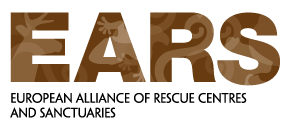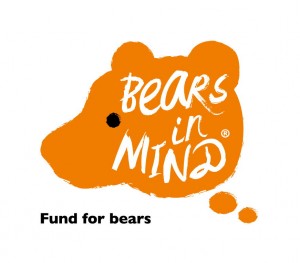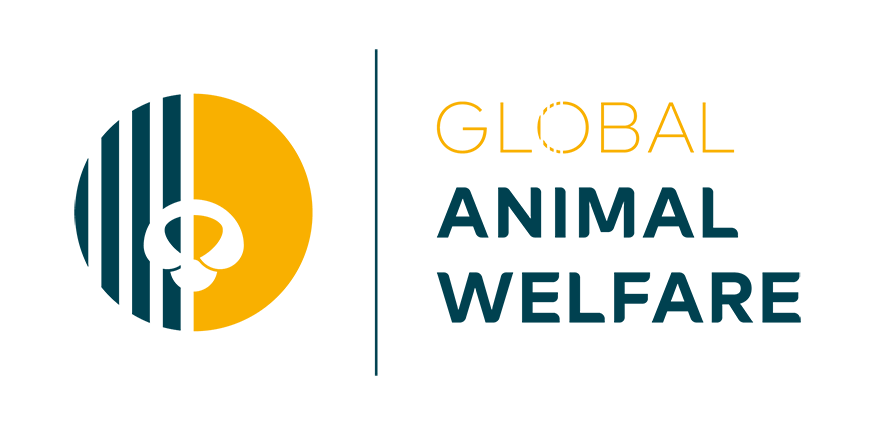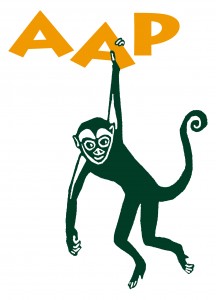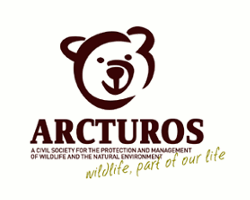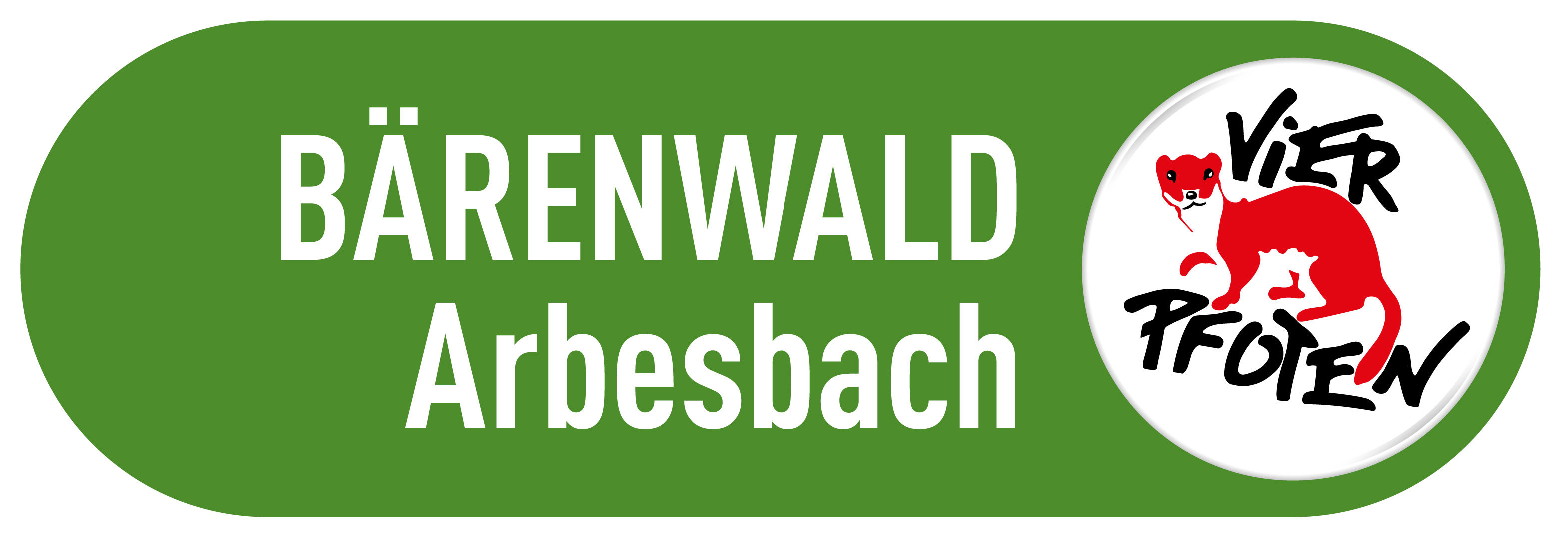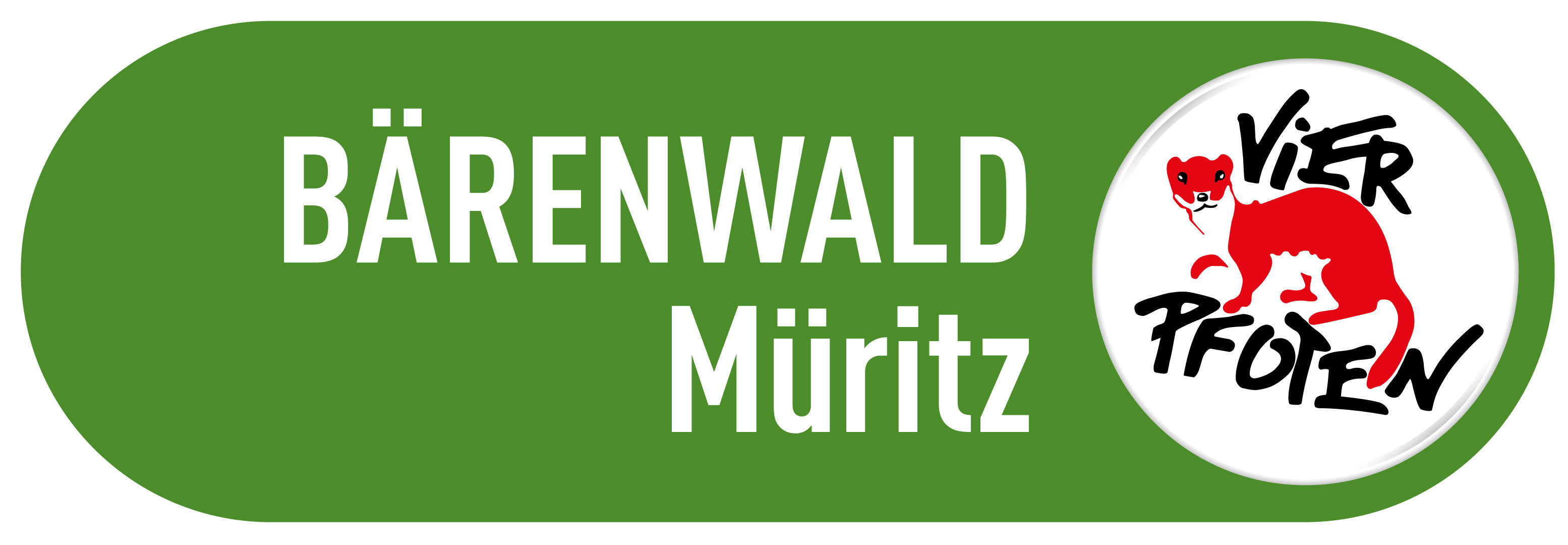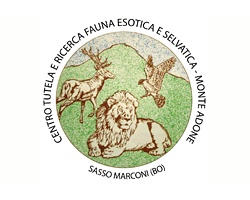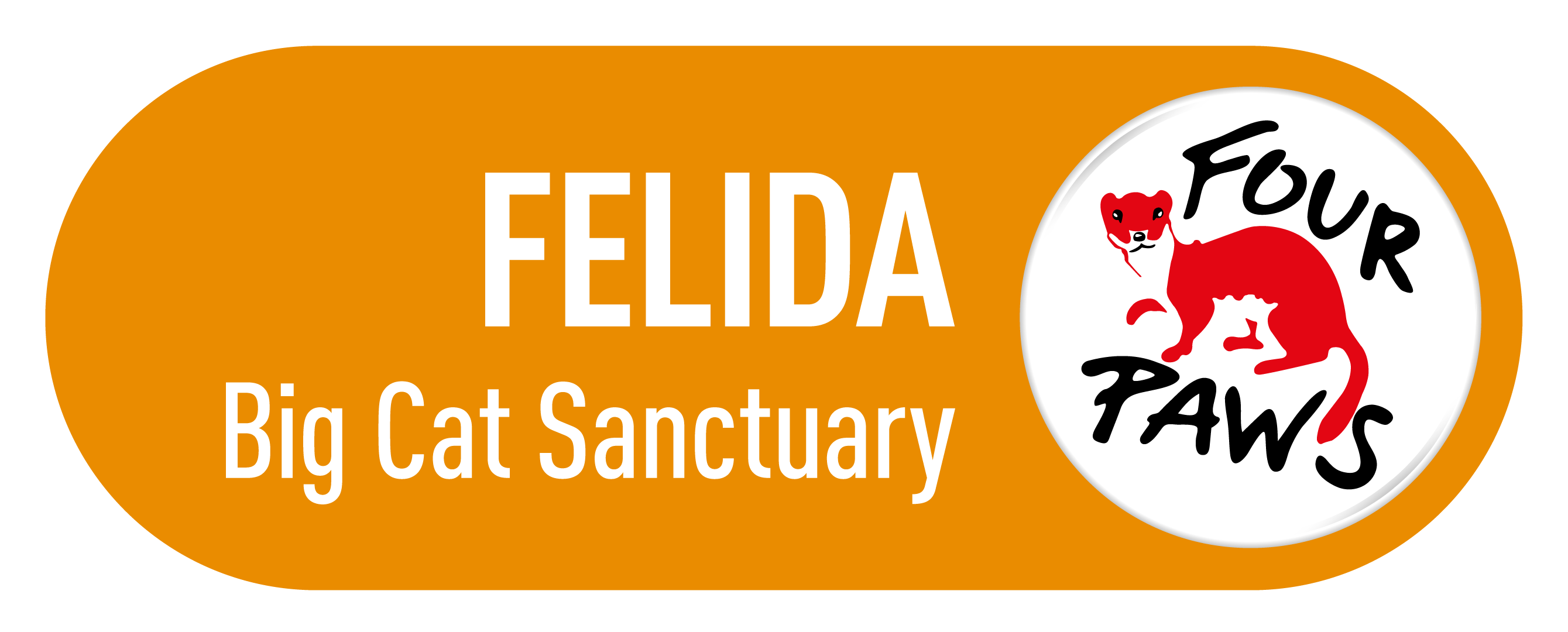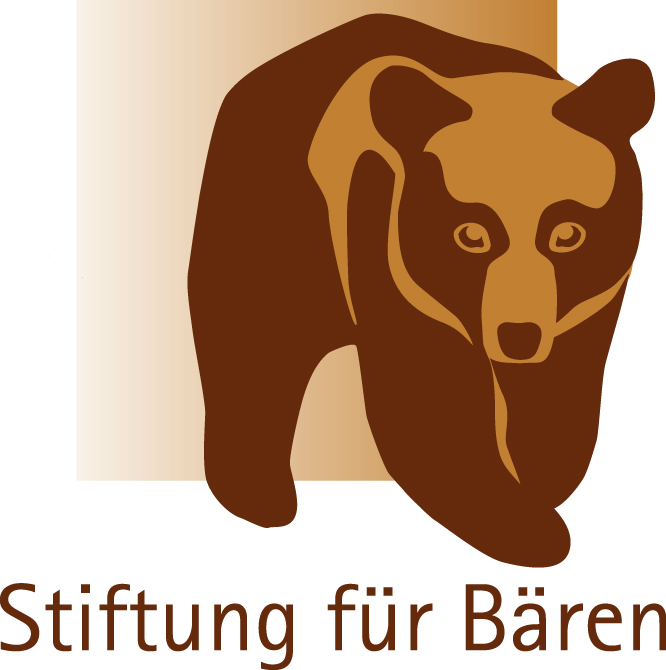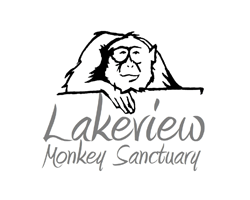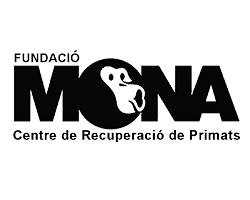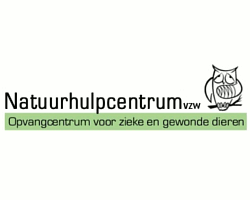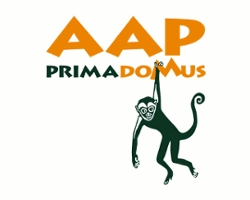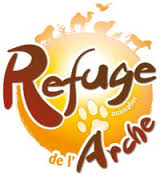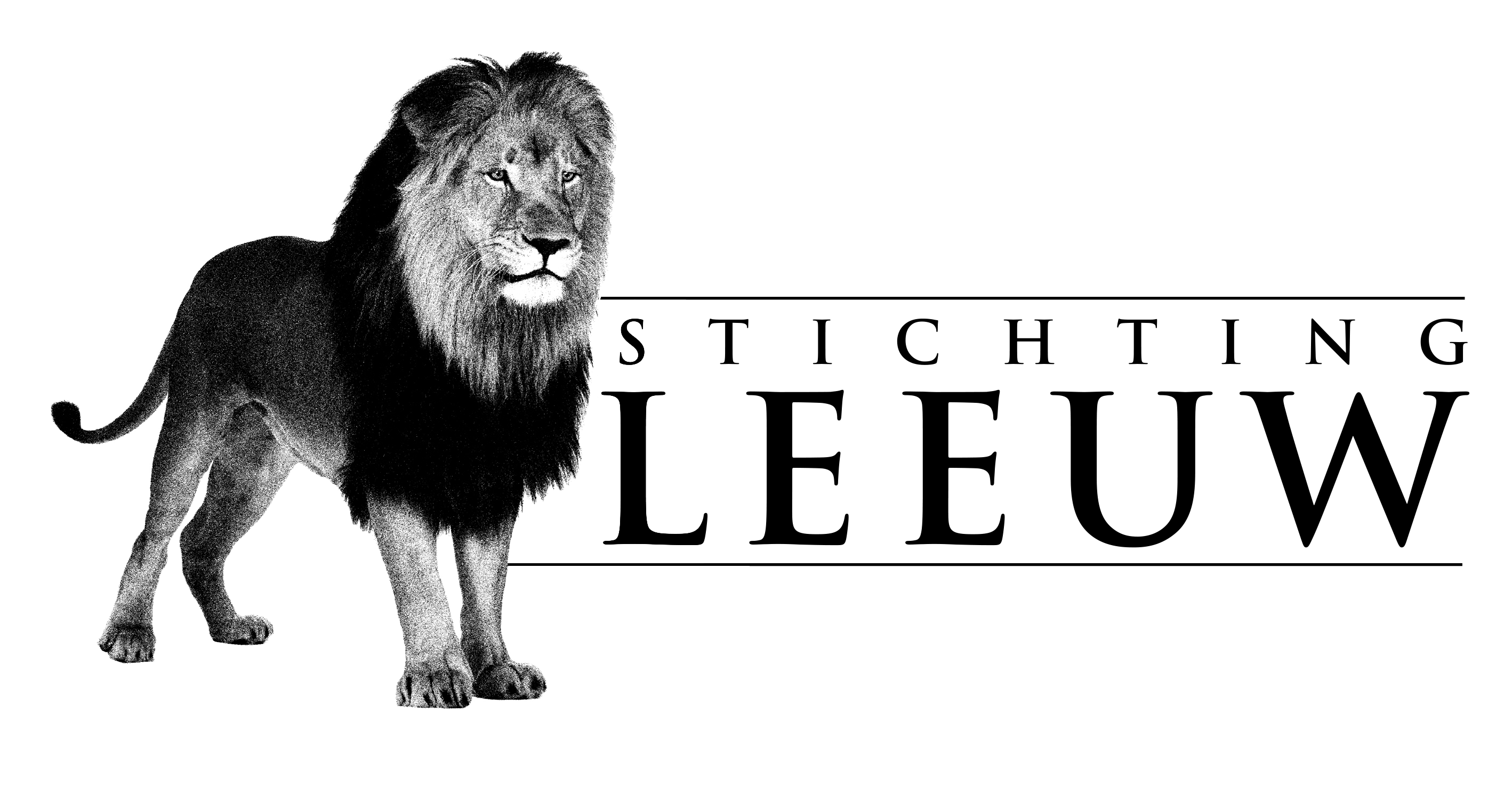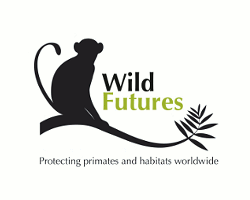Animanatura Wild Sanctuary, located in the heart of the Maremma region of Tuscany, serves as a permanent refuge for animals that can no longer be returned to the wild. The sanctuary’s origins date back to 1996 with the establishment of the Wildlife Rescue Center of Maremma (C.R.A.S.M.), a project initiated by WWF Italy in collaboration with the Province of Grosseto. In the years that followed, the center expanded into a C.R.A.S.E. (Centro di Recupero per Animali Selvatici Esotici) to accommodate exotic species in need of specialized care.
Since its inception, Animanatura has provided assistance to over 18,000 native animals and more than 3,000 exotic and wild animals many of which were rescued from illegal trafficking, seizures, or confiscations.
Today, the sanctuary spans over 80 hectares, with 23 hectares specifically dedicated to housing approximately 450 animals in spacious, semi-natural enclosures. Officially recognized by the Italian Ministry for Ecological Transition and the Region of Tuscany, Animanatura is committed not only to the long-term care of animals but also to promoting environmental education and public awareness.
The sanctuary collaborates with leading national and international organizations, including the Born Free Foundation, One Voice, WWF, Half-Earth, and LAV. Through these partnerships, Animanatura actively contributes to the global effort to protect animals and preserve biodiversity.
